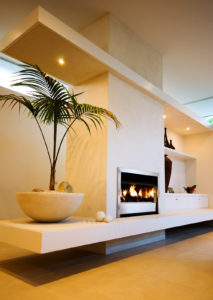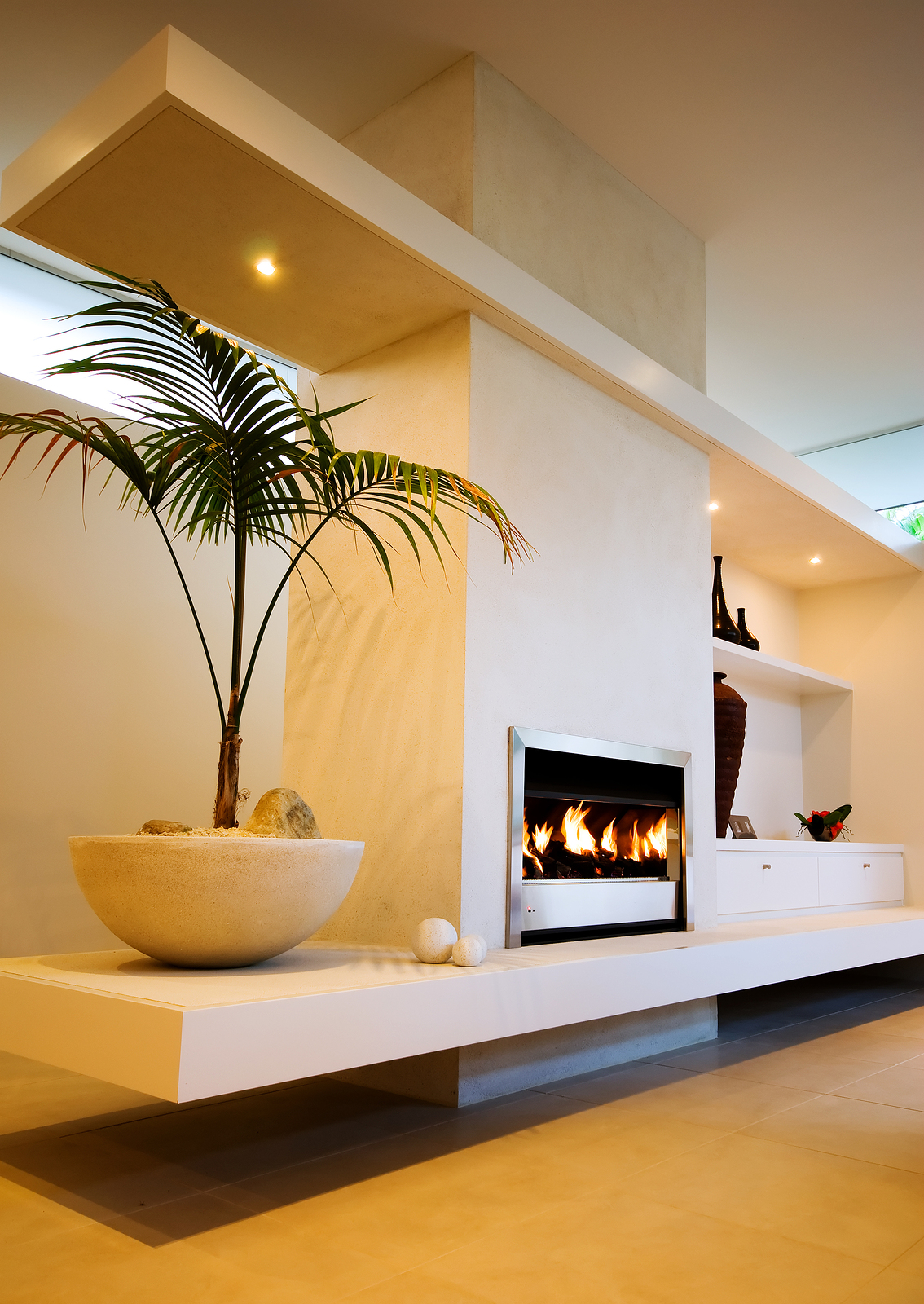When it comes to home decor, one of the most forgotten elements is lighting. The right lighting is crucial for performing tasks, accenting decorative features, and showing off all the work you put into your home decor. By learning the basics of decorative lighting, you’ll be able to boost the “wow” factor by adding drama and sophistication to your home.
Three Types of Lighting
 There are three types of lighting effects: ambient light, accent light, and task light. Each is an important element in lighting design.
There are three types of lighting effects: ambient light, accent light, and task light. Each is an important element in lighting design.
Ambient lights such as lamps and wall sconces are sources of overall lighting that create a calming effect. Softer than the harsh glare of halogen lights, ambient light sources are common in living rooms, bedrooms, and dining rooms or really, anywhere you’d require soft focus light for relaxation.
To create drama or highlight architectural features in a room, accent lighting is ideal. Accent lights can include uplights, which you might place behind a sofa to cast light up at a tall potted plant, downlights, which you might use to create a focal point on a painting, or crosslights, which can help eliminate shadows created by other accent lights.
Task lighting is used for practical purposes, in areas where you need to be able to see while you work. These are bright, focused lights fixed on one position, such as lighting focused on a stove where you cook, a desk where you work, or your bed where you read at night.
Lighting Each Room
In the living room, you need ambient lighting to create atmosphere for entertaining, accent lighting to highlight features or decor that you’re most proud of, and task lighting for those times when you want to read a good book or play board games with the family. Living room lighting should be flexible, functional, and easily controlled.
The dining room may be where you hold family dinners or may only be used to entertain. Instead of the typical chandelier, you might want to install multiple pendant lamps, which will offer more lighting over the entire table and allow guests to see their food better.
Kitchen lighting is essential for comfortable food preparation. It should always be utilitarian and task-oriented. Special care should be taken to make sure that the areas used most, such as the stove and the sink have plenty of lighting options, with bright lights focused downward on the work surface.
Bathroom lighting should be dependent on the size of the room and your use of it. Be sure to put bright downlights in the shower area, and add task lighting if there is a makeup vanity area. Linen closets should also be lit from inside, so that you can find what you need.
Bedroom lighting should be primarily focused on creating a mood, and on relaxation. A variety of soft ambient lights should be available to allow for either brighter or lower amounts of light, depending on the mood required. A few task lights should be situated in areas where you may want to read before bed, and all lights should be within easy reach for turning on and off.
For the home office, you’ll want bright, clear light directly on work areas, such as halogen desk lamps. For leisure times, be sure to include some softer lights on dimmer switches.
By taking the design of each room and your use of it into consideration, you can easily plan out your decorative lighting to enhance the beauty and appeal of your home’s interior.
